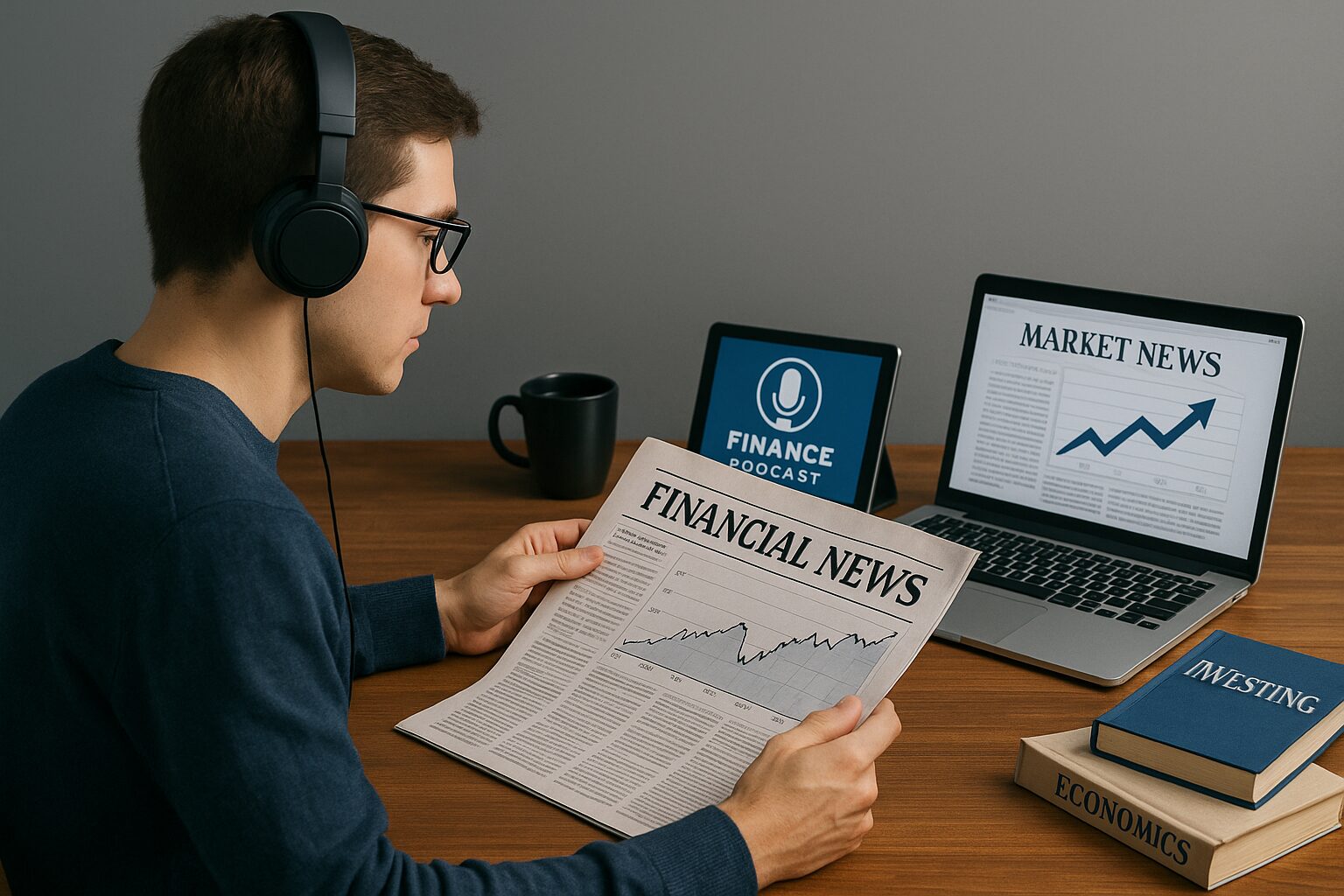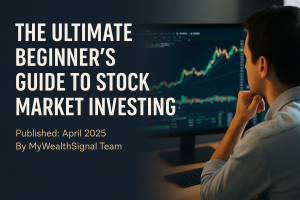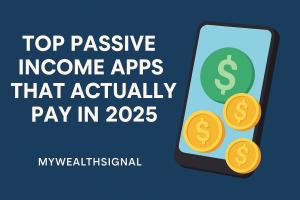Investing is a dialect of knowledge that evolves like a living language, with new expressions shaped by technology, regulation, and global events. Staying fluent demands perpetual learning, yet bombarding oneself with every headline can breed paralysis. Designing an information diet as deliberately as one designs a portfolio harnesses curiosity without letting it devour peace of mind.

ARTICLE
Morning routines anchor that diet. Instead of scrolling a social feed, many investors open a reputable financial newspaper—whether the Wall Street Journal, Financial Times, or a regional equivalent. These publications provide not only hard numbers but also contextual reporting that weaves corporate developments into macroeconomic narratives. Reading at a set time each day establishes rhythm, ensuring that market awareness grows incrementally rather than in harried spikes.
Podcasts turn commutes or household chores into seminars. Shows such as “Animal Spirits,” “Invest Like the Best,” or “Odd Lots” blend interviews with academics, fund managers, and entrepreneurs. Listening trains the ear to hear recurring themes—yield‑curve shifts, demographic changes, technological adoption. Episode archives allow binge‑learning on specific topics, from monetary policy to venture capital.
Books deepen understanding where articles skim. Classics like Benjamin Graham’s “The Intelligent Investor” or Burton Malkiel’s “A Random Walk Down Wall Street” lay foundations upon which specialized works, such as Mary Childs’s exploration of bond titan Bill Gross, build nuanced layers. Reading a few pages nightly compounds intellectual capital much like reinvested dividends compound financial capital.
YouTube democratizes access to visual explanations. Channels such as “The Plain Bagel” or “Aswath Damodaran” translate valuation models into annotated spreadsheets and charts. Yet viewers must exercise critical thinking; algorithms reward sensational thumbnails rather than accuracy. Subscribing judiciously and verifying claims against source documents guards against misinformation.
Professional research platforms like Morningstar or Value Line require subscriptions, but even the free tiers offer analyst notes, fair‑value estimates, and fund comparison tools far richer than headline summaries. Using these platforms teaches how professionals structure arguments, dissecting business segments, growth drivers, and moat durability.
Economic calendars serve as navigational beacons. Knowing that the Federal Reserve announces interest‑rate decisions on certain Wednesdays or that the Bureau of Labor Statistics releases employment data the first Friday each month encourages proactive study of how markets historically react to surprises. Pattern recognition emerges over time, refining both risk management and tactical opportunities.
Networking extends learning beyond passive consumption. Local investment clubs or online communities like r/Bogleheads host discussions that reveal diverse viewpoints and real‑world experiences. Presenting one’s own research to peers invites constructive critique, sharpening analytical rigor and exposing blind spots.
Setting periodic “learning sprints” injects thematic focus. One quarter might explore emerging‑market dynamics; another might examine behavioral finance research. Concentrating on a theme prevents scattered attention. Maintaining a digital notebook of insights, quotations, and personal reflections consolidates knowledge, making it searchable and actionable.
Finally, introspection integrates information into strategy. After absorbing data, ask how it aligns with personal goals, risk tolerance, and existing allocations. Not every insight warrants a trade; often the correct action is no action at all. Cultivating this filter distinguishes learning for enrichment from the compulsion to tinker.
When curated thoughtfully, an ongoing education program transforms market complexity from cacophony into symphony. It empowers investors to make decisions grounded in context, to remain adaptable as paradigms shift, and to find satisfaction in the lifelong craft of understanding how capital flows shape human endeavor.
More Related Articles Below

With easy cash-out options, get your earnings quickly and efficiently. Whether it’s gift cards from top brands or real money rewards, Cash’em All has got you covered. With easy cash-out options, get your earnings quickly and efficiently.With easy cash-out options, get your earnings quickly and efficiently. Whether it’s gift cards from top brands or real money rewards, Cash’em All has got you covered. With easy cash-out options, get your earnings quickly and efficiently.
Copyright © 2025 My Wealth Signal. All rights reserved.






